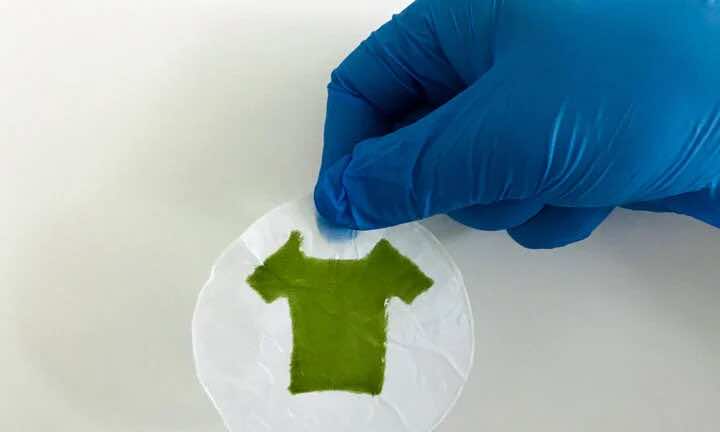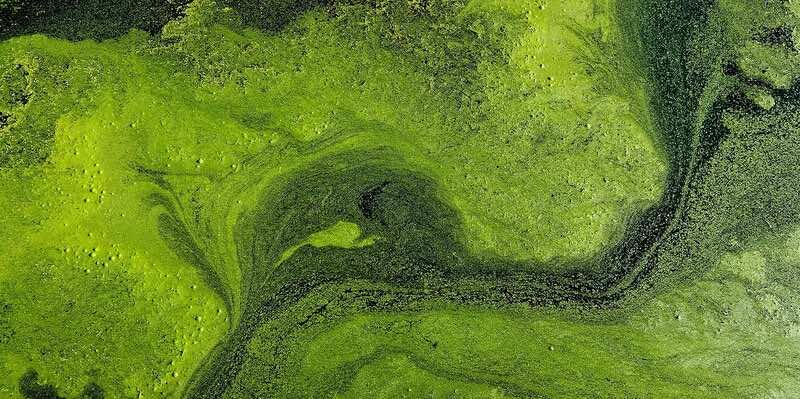I did not think that I would be writing about Algae and clothes at the same time but apparently, a research team in the Netherlands has developed a bioprinting technique that prints algae into living, photosynthetic materials that are both tough and resilient. This material can be woven into clothes. The group published their research in the journal Advanced Functional Materials. It surely is a new way to make clothes and may reduce the use of synthetic fibers.
The research has been done by a team of scientists at the University of Rochester and Delft University of Technology in the Netherlands. The team employed 3D prints and algae to create a new living material. The material could also be used in applications concerning energy and medicine.

According to Anne S. Meyer, who is an associate biology professor at Rochester, “Three-dimensional printing has shown to be an effective technology for fabricating living materials that have many environmental and other benefits. Our photosynthetic living materials are a huge step forward for the field since they are the first example of an engineered photosynthetic material that is physically robust enough to be deployed for real-world applications”.
The material is a combination of bacterial cellulose excreted by bacteria and microalgae, the microalgae act like a link, joining the bacterial cellulose together. 3D printers were used to deposit the algae into the cellulose. Researchers say that the resulting material is eco-friendly, biodegradable, and simple, and scalable to produce.

The researchers think that this new material could be used to make many new products such as artificial leaves, photosynthetic skins, or photosynthetic bio-garments. The artificial leaves could be massed produced to counter the carbon dioxide in the atmosphere meaning that the research may help in climate control. According to Meyer, “For artificial leaves, our materials are like taking the ‘best parts’ of plants—the leaves—which can create sustainable energy, without needing to use resources to produce parts of plants—the stems and the roots—that need resources but don’t produce energy. We are making a material that is only focused on the sustainable production of energy”.
The material could also be used for skin grafts that could promote healing of damaged areas while the clothes made from the material may reduce demand for high-quality fabrics that are made in the factories harming the environment.
Meyers concluded by saying that “Our living materials are exciting because they can sustain themselves over periods of weeks and can be multiplied onsite so that they have the potential to be truly long-lasting and able to be shared all over the globe as easily as a sourdough starter”.
I can totally see the vegans going crazy about this.


